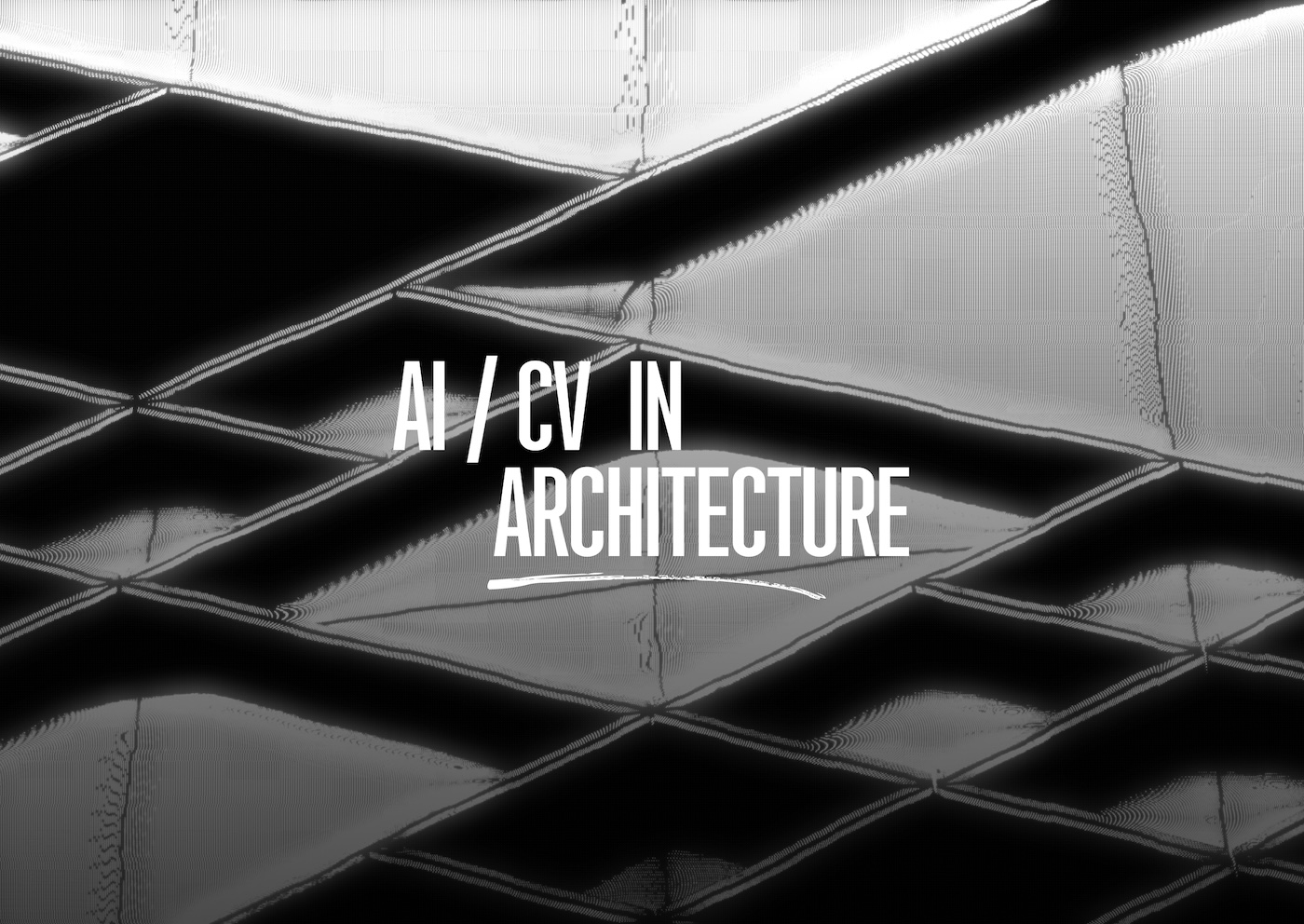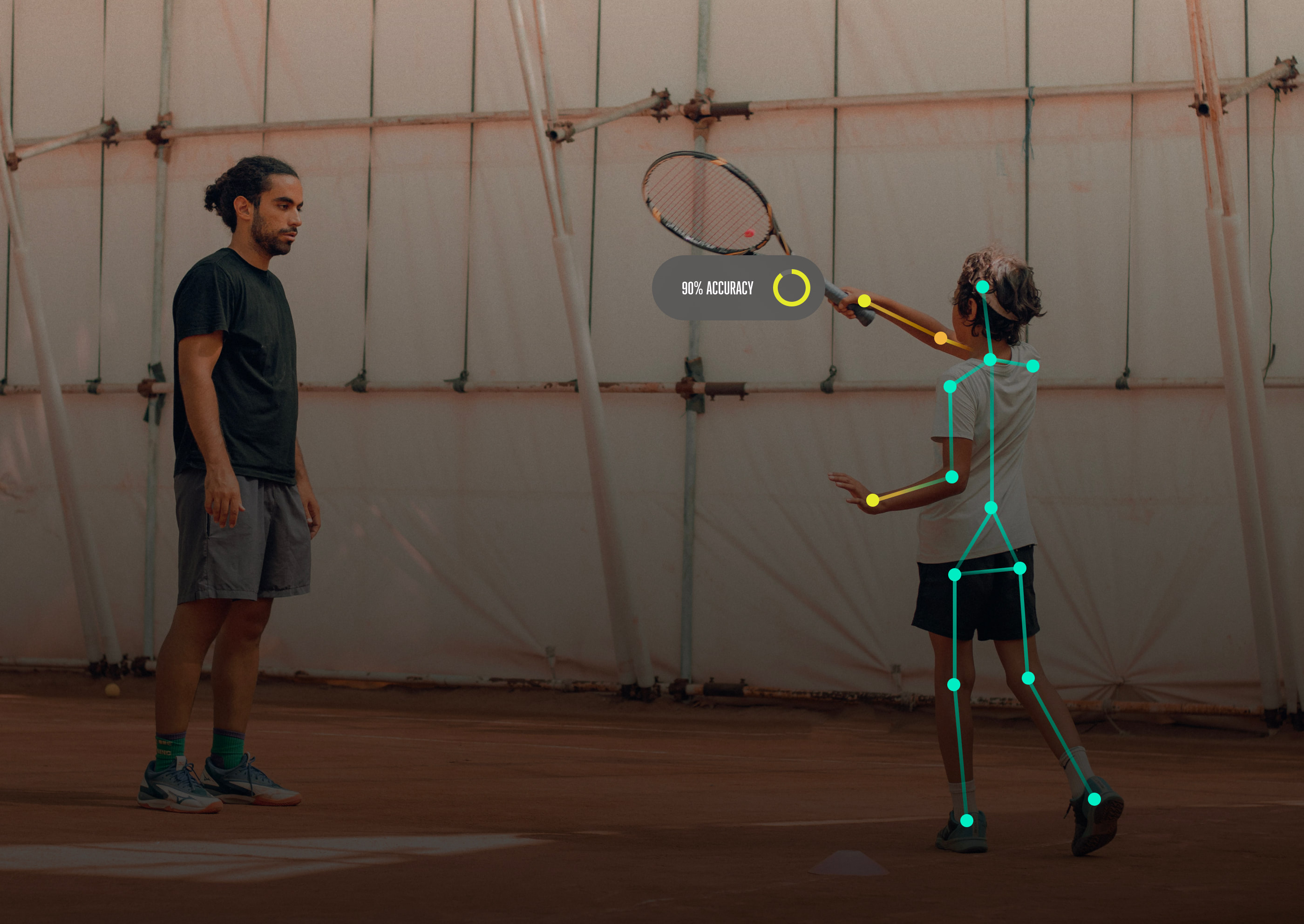

Despite the current boom in machine intelligence and computer vision technologies, the first commercial developments in this field will soon turn 25 years old.
Back in the mid-1990s, Ramm Mylvaganam, who had quit his job at Mars, decided to devote himself to the two things he loved most: data and sport. After talking to managers of British soccer clubs, he decided to build a system that would help evaluate the quality of play and players' performance analytically rather than subjectively — and created Prozone.
To do this, a major technological leap had to be made because the existing technologies of tracking with sensors or GPS achieved the accuracy of positioning a ball only to a few meters — and Ramm Mylvaganam needed centimeters. Or at least tens of centimeters.

He invested millions of pounds in developing a camera system and machine vision technology to get real-time data on the position of players and the ball. This data has helped to numerically numerically measure the player's performance, helping coaches tailor training and game plans for each individual player.
Coaches who have used Prozone have won dozens of prizes in soccer, basketball, tennis, and rugby.
Today, there are hundreds of companies using computer vision for sports analytics and artificial intelligence in the sports market, large and small. Simple applications help count push-ups and squats. And the most complex systems — to measure milliseconds and millimeters at the Olympic Games. Let's take a look at some key examples of how AI is being used in sports.
Computer vision is helping amateur and professional athletes train more efficiently. For example, the U.S. women's soccer team uses an IBM-developed AI movement tracking assistant in training. The assistant helps create personalised skill development programs for each player and identifies new "stars" in their roles. A similar project is SportVU 2.0, which focuses on data from high-speed cameras.
Read in our blog about how machines see people who play sports: at home and on a team.
AI in sports helps athletes and amateurs track limb movements down to the phalanges of the fingers. The result is an individual pattern of arm and leg movement, with "green" and "yellow" zones. Computer vision helps reduce the number of injuries — the assistant tells you if a limb is in the "yellow" range of motion when you jump or kick a ball. A similar injury prediction system has been developed for American football, which is characterized by a higher risk of injury. The AI monitors the speed, acceleration and personal style of the players, gives advice, and helps reduce the risk.
Norwegian startup Sports Computing helps sports teams assemble AI movement by fusing data from cameras, wearable sensors and smartwatches.
There are also projects that combine AI for decision making and proprietary development in hardware. For example, Smart Coach creates smart trainers. Artificial intelligence in sports collects personalised training data and creates individual programs and plans — the solution is positioned for the professional athlete market.
OpenCV.ai also has special solutions for tracking players' movements and their position on the court. Read more about it in our blog.
At the same time, artificial intelligence in sports is available to everyone. For example, the HomeCourt service offers a free application for basketball training. The app uses the smartphone camera to recognize players and shots on the court and keeps statistics on the number of shots and speed of movements. For experienced players, there is a subscription to online training and synchronization with wearable devices.
For more than 10 years, Hawk-Eye has been an important part of modern competitions — and is officially supported by FIFA at its matches. In 2014, the multi-camera AI analytics system was used at the FIFA World Cup to automatically detect goals and offsides. Unlike other technologies (for example, GoalRef), Hawk-Eye does not require the installation of chips in the ball, and the cost of implementing the system does not exceed $150k — it is available even for mid-tier stadiums and clubs.

The involvement of AI in judging is causing ethical controversy, among other things. For example, activists and researchers advocate for transparency in the operation of AI judging algorithms. Otherwise, the tuning of algorithms by bookmakers and clubs could increase the risk of match-fixing. After all, in the minds of many viewers, “artificial intelligence doesn't make mistakes”.
Today, video tracking technologies are used in all types of sports: from snow jumping to motorcycle racing. And the number of companies offering such solutions is in the hundreds.
Even Amazon is involved in technologies to enrich the viewer's experience — together with Formula 1, the company has introduced a technology that helps combine AI capabilities in data processing and augmented reality in race broadcasts. Formula 1 teams collect a lot of data from sensors installed in their cars, which is processed by AI and visualized during broadcasts.
This way, race fans get more insights into how the race is going and what condition their favorite teams and cars are in. This is an important market — after all, Formula 1 earns hundreds of millions of dollars from race broadcasts. AI gives this market significant growth opportunities.

Stats Perform focuses on data visualization— the company serves more than 500,000 competitions a year with processing and presenting more than 7 petabytes of data in a convenient way. Of course, AI takes care of processing and visualization — the company uses more than 200 artificial intelligence models.
Video broadcasts can be enriched not only with data but with ads too. For example, Mirriad applies real-time virtual advertisements to the surfaces of stands or car bodies during broadcasts of races and competitions. This allows millions of viewers to receive relevant and noticeable advertising and sports teams and clubs to earn extra money by moving away from complex and boring traditional advertising models.
At the same time, cameras and machine vision systems can be aimed not only at the field but also at the stands. For example, Ipsotek's solution helps to take into account the number of spectators and identify potentially dangerous situations: fan clashes and illegal actions. Thanks to machine vision, security can arrive at the scene within seconds. The Columbus Crew soccer club uses facial recognition technology to automatically ticket unruly fans.
